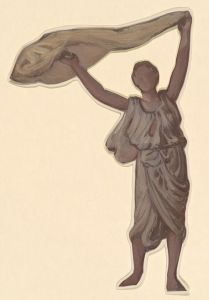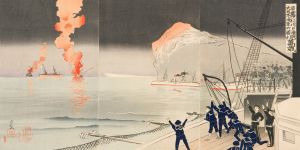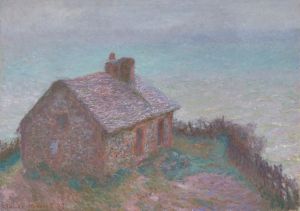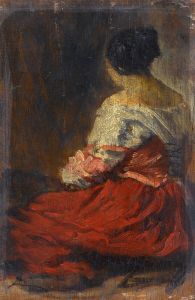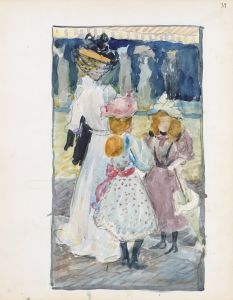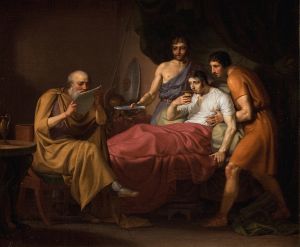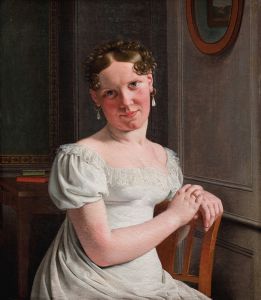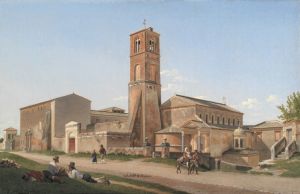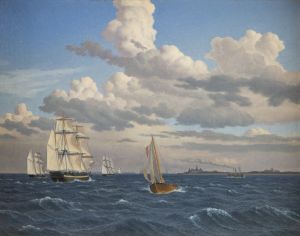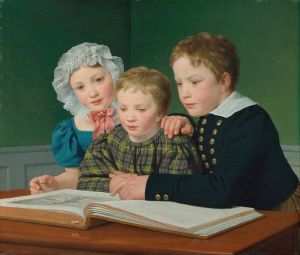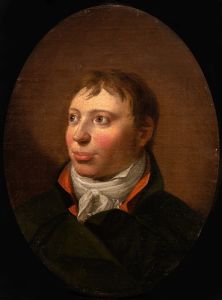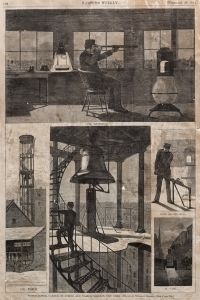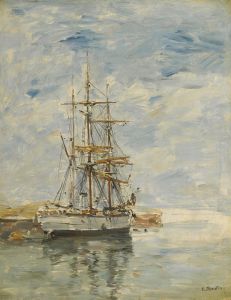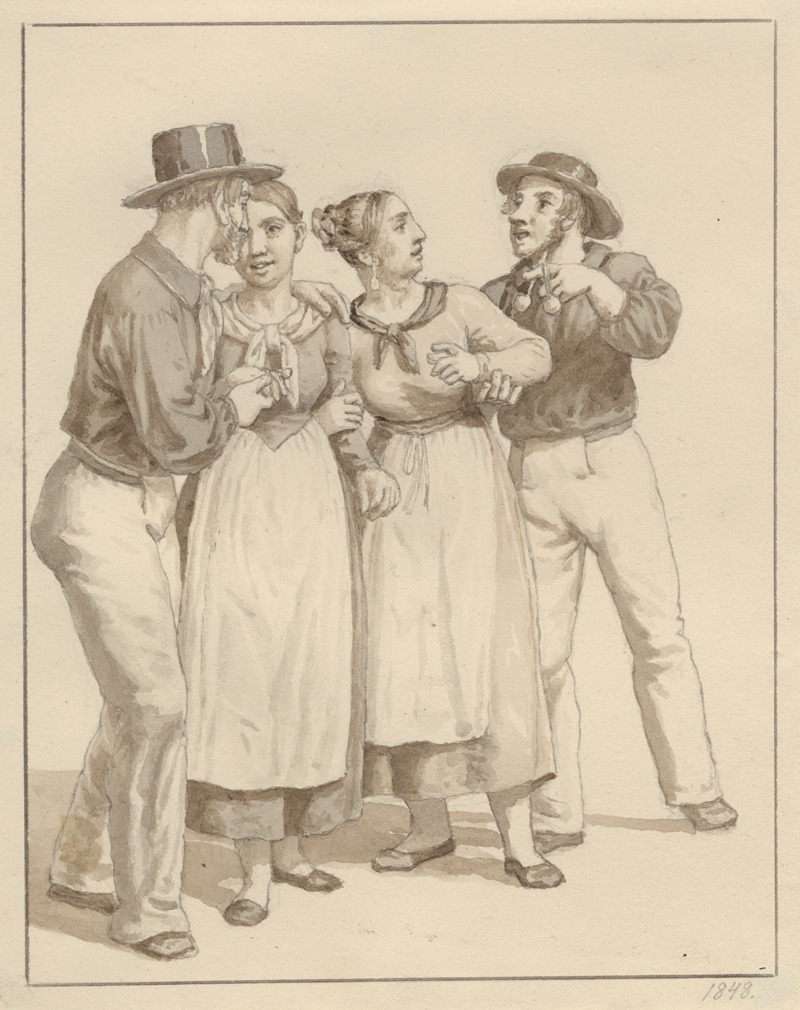
To sømænd gør kur til et par piger
A hand-painted replica of Christoffer Wilhelm Eckersberg’s masterpiece To sømænd gør kur til et par piger, meticulously crafted by professional artists to capture the true essence of the original. Each piece is created with museum-quality canvas and rare mineral pigments, carefully painted by experienced artists with delicate brushstrokes and rich, layered colors to perfectly recreate the texture of the original artwork. Unlike machine-printed reproductions, this hand-painted version brings the painting to life, infused with the artist’s emotions and skill in every stroke. Whether for personal collection or home decoration, it instantly elevates the artistic atmosphere of any space.
Christoffer Wilhelm Eckersberg, often referred to as the "father of Danish painting," was a pivotal figure in the Danish Golden Age of art. His work, "To sømænd gør kur til et par piger" (translated as "Two Sailors Courting a Pair of Girls"), is a notable example of his ability to capture everyday life with a sense of realism and charm.
Painted in 1843, this artwork reflects Eckersberg's keen interest in genre scenes, which depict ordinary people engaged in common activities. The painting illustrates a scene of two sailors attempting to court two young women. This subject matter is characteristic of Eckersberg's work, which often focused on the interactions and social dynamics of people in his contemporary society. The setting is likely a coastal area, suggested by the presence of sailors and the informal, relaxed atmosphere of the scene.
Eckersberg's training and artistic style were heavily influenced by his studies in Paris under Jacques-Louis David, a leading figure in the Neoclassical movement. This influence is evident in Eckersberg's precise attention to detail, composition, and the clarity of form in his paintings. However, unlike the grand historical and mythological themes favored by David, Eckersberg preferred more intimate and relatable subjects, as seen in "To sømænd gør kur til et par piger."
The painting is executed with a meticulous attention to detail, a hallmark of Eckersberg's style. His use of light and shadow enhances the three-dimensionality of the figures, bringing a sense of realism to the scene. The expressions and body language of the figures are carefully rendered, conveying the nuances of the social interaction taking place. This focus on realism and everyday life was a significant departure from the idealized subjects of earlier art periods, marking a shift towards more modern themes in art.
Eckersberg's contribution to Danish art extends beyond his own paintings. As a professor at the Royal Danish Academy of Fine Arts, he played a crucial role in shaping the next generation of Danish artists. His emphasis on studying from life and his innovative teaching methods helped establish a strong tradition of realism in Danish art. Many of his students, including notable painters such as Wilhelm Bendz and Christen Købke, went on to become prominent figures in the Danish Golden Age.
"To sømænd gør kur til et par piger" is a testament to Eckersberg's skill in capturing the subtleties of human interaction and his ability to infuse everyday scenes with a sense of narrative and depth. The painting remains an important piece within the context of 19th-century Danish art, reflecting both the cultural milieu of the time and Eckersberg's personal artistic vision.
Today, Christoffer Wilhelm Eckersberg is celebrated for his contributions to art and his role in the development of Danish painting. His works continue to be studied and admired for their technical precision, compositional balance, and insightful portrayal of human life. "To sømænd gør kur til et par piger" exemplifies these qualities, offering viewers a glimpse into the social fabric of 19th-century Denmark through the eyes of one of its most influential artists.





